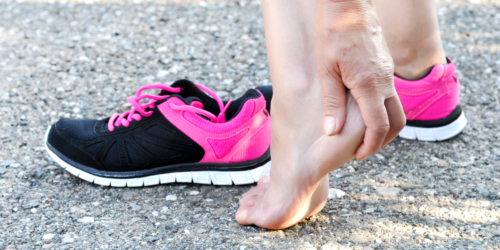How can I prevent diabetic foot complications?
While many people with diabetes struggle with foot-related complications, the risks associated with the diabetic foot can be greatly reduced when diabetics monitor their feet on a regular basis.
Foot Treatment Often Overlooked as a Method of Caring for Diabetic Patients
During discussions at the conference, it was noted that many diabetic patients are unaware of how necessary it is to take special care of their feet. For individuals with diabetes, it is even more important than with the general population that any foot problems should be overseen by a skilled experienced professional podiatrist. This is because diabetes often causes nerve damage (peripheral neuropathy) which affects the circulation of the blood. Poor circulation not only can cause nerve damage, but can also slow the healing process. These reasons combine to make diabetic patients more prone to infections that linger and worsen.
How Can Podiatrists Help
Qualified podiatrists play an essential role in caring for patients with diabetes by preventing, diagnosing, and treating foot problems before they become too serious. Not only are podiatrists fully qualified to deal with foot injuries, foot ulcers, Charcot’s joints, and even amputation, they are able to provide guidance relative to proper diabetic socks, footwear, and custom orthotics.
Podiatric Warning Signs for Diabetics
People with diabetes have to be aware of the following foot conditions, any of which may indicate the beginning of a more serious problem. They should examine their feet daily and see their podiatrist at least annually for a thorough examination. It is important that they make an appointment with the podiatrist if they notice:
- Skin color changes in the feet or ankles
- Swelling of the feet or ankles
- Cuts or blisters
- Ingrown toenails
- Corns or calluses
- Reduced sensitivity to touch
Paying close attention to these early signs of trouble can make a tremendous difference in the life of an individual with diabetes. To put this in perspective, over 65,000 lower limbs are amputated annually due to diabetic complications. It is estimated that proper podiatric care could decrease the risk of lower limb amputation by up to 85 percent and lower the risk of hospitalization by 24 percent.
Preventing Foot Problems in Diabetics
There are a few steps individuals with diabetes can take to prevent foot problems from occurring in the first place. Preventative measures include washing the feet daily and applying a moisturizer to the tops and bottoms of the feet to keep the skin supple. It is also a good idea to wear socks and shoes to protect the feet rather than going barefoot. Maintaining a healthy lifestyle — eating a healthy diet, exercising regularly, not smoking and keeping blood glucose levels controlled — is also extremely helpful. The saying that “an ounce of prevention is worth its weight in gold” is especially true for diabetics, where daily monitoring and avoiding potential foot-related problems is our primary goal.


